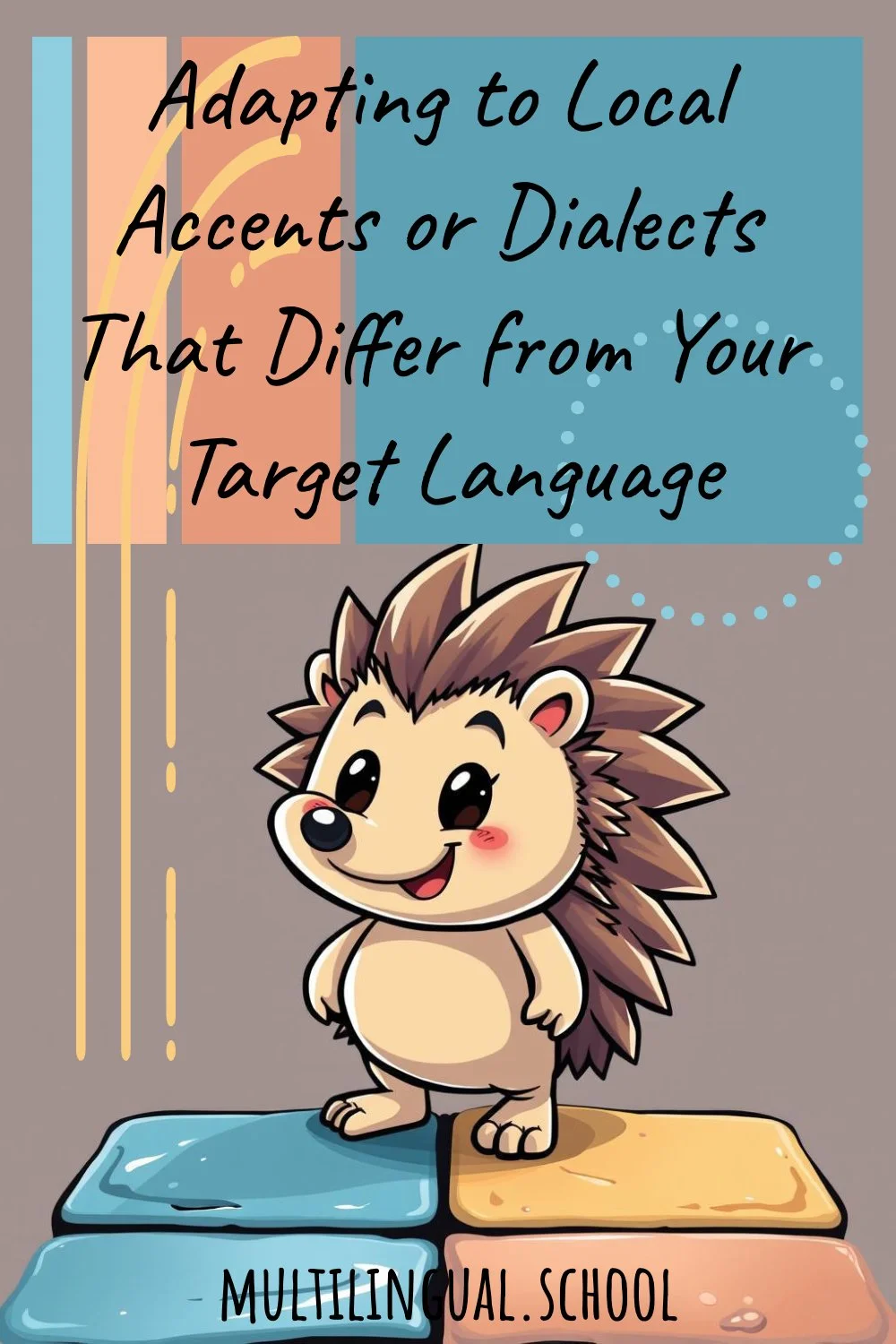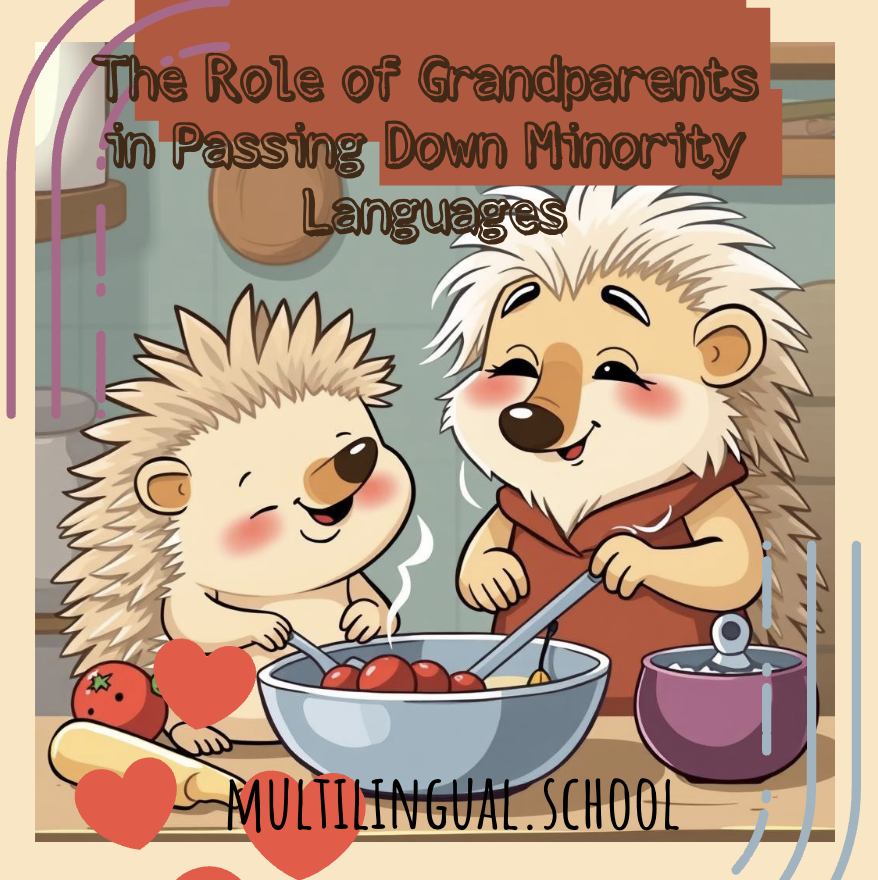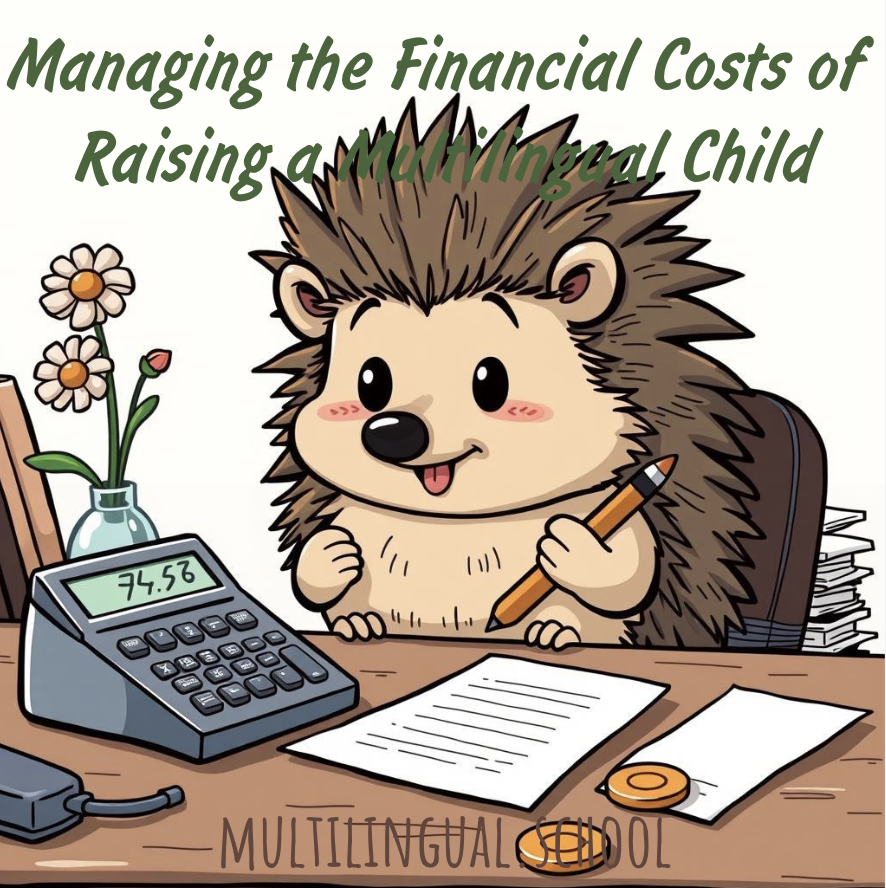Adapting to Local Accents or Dialects That Differ from Your Target Language
This post may contain affiliate links, which means that I may receive a commission if you make a purchase using these links. You do not pay a higher price.
Adapting to Local Accents or Dialects That Differ from Your Target Language
Moving abroad with your family is an exciting leap into new cultures, landscapes, and opportunities—especially when you’re raising a multilingual child. But what happens when you land in a country where one of your home languages is spoken with a local accent or dialect that feels worlds apart from what you’ve been teaching your little one? Imagine you’ve been raising your child with Brazilian Portuguese, and now you’re in Portugal, where European Portuguese reigns with its distinct rhythms and sounds. Or perhaps you’ve nurtured German at home, only to arrive in Switzerland, where Swiss German throws a curveball. This shift can feel like a plot twist in your multilingual journey—but don’t worry, it’s one you can navigate with a mix of strategy, patience, and a little humor.
As expat parents, we pour our hearts into passing down our languages, envisioning our kids chatting fluently with relatives or embracing their heritage with pride. So, when a local accent or dialect reshapes that vision, it’s natural to feel a pang of uncertainty. Will they still connect with our roots? Will this new twist confuse them? The good news is that adapting to these variations isn’t just doable—it’s a chance to enrich your child’s linguistic toolkit and deepen their cultural adaptability. Here’s how to make it work.
Understanding the Challenge
Local accents and dialects can differ significantly from your target language in pronunciation, vocabulary, and even grammar. For example:
Brazilian Portuguese vs. European Portuguese: Brazilian Portuguese has a melodic, open-vowel sound (e.g., “de” as /dʒi/), while European Portuguese clips vowels and softens consonants (e.g., “de” as /dɨ/). Words like “ônibus” (bus) become “autocarro” in Portugal.
Standard German vs. Swiss German: Standard German’s clear /r/ and crisp vowels shift in Swiss German to a guttural /χ/ and unique intonations, with dialect words like “Grüezi” (hello) replacing “Hallo.”
British English vs. American English: If you’ve taught British English, an American “schedule” (/ˈskɛdʒuːl/) might jar against your “shed-yool” (/ˈʃɛdjuːl/), alongside vocabulary swaps like “lorry” for “truck.”
For a multilingual child abroad, this means juggling not just multiple languages but also variations within one of them. Research shows kids are wired to handle this—by age 3, they can distinguish phonemes across languages and dialects—but the shift can still spark temporary confusion or resistance, especially if they’re used to a “standard” version at home.
Why It Matters
Adapting to a local accent or dialect isn’t just about practicality—it’s about connection. Your child’s ability to understand and mimic the local flavor helps them fit into school, make friends, and feel at home in their new country. At the same time, maintaining your target language keeps their tie to your heritage strong. Striking this balance can turn a challenge into a superpower: a child who’s not only multilingual but also multi-dialectal, ready to navigate a global world with ease.
Strategies to Adapt and Thrive
Here’s how to help your child embrace the local accent or dialect while preserving your target language:
Expose Them Early and Often
Immerse naturally: Let your child hear the local accent through playdates, local TV, or community events. For example, in Portugal, watch Rua Sésamo (Sesame Street) in European Portuguese to catch the local vibe.
Model curiosity: Listen together and chat about the differences—“Wow, they say ‘autocarro’ here instead of ‘ônibus’—cool, right?” This normalizes the variation and sparks interest.
Keep Your Target Language Consistent at Home
Stick to your version: If you speak Brazilian Portuguese, keep using it at home, even in Portugal. Consistency helps your child anchor their “original” language while they adjust to the local one.
Reinforce with media: Play songs or read books in your target dialect—like Brazilian samba or German fairy tales—to maintain familiarity and pride in your version.
Teach Them to Code-Switch
Practice context-switching: Role-play scenarios where they use the local accent with “friends” (e.g., Swiss German “Grüezi”) and your target language with “family” (e.g., Standard German “Hallo”). This builds flexibility.
Celebrate adaptability: Praise their ability to switch—“You’re like a language superhero, flipping between accents!”—to boost confidence.
Focus on Key Differences
Target tricky sounds: If Swiss German’s guttural /χ/ trips them up, practice it playfully—gargle water together to mimic it! For European Portuguese’s clipped vowels, exaggerate them in songs.
Learn local vocab: Make a game of spotting differences—like “lorry” vs. “truck”—and add them to a family word wall. This keeps it light and educational.
Connect with Both Worlds
Bridge cultures: Host a “heritage night” with your target language’s traditions (e.g., Brazilian feijoada) and a “local night” with the new dialect’s flair (e.g., Portuguese bacalhau). This blends both identities.
Link to family: Video calls with relatives in your target language reinforce its roots, while local friends expand its new branches.
Be Patient with Progress
Expect mixing: It’s normal for kids to blend accents or words—like saying “Hütte” with an English /r/ in Switzerland. Gently model the target sound without over-correcting.
Trust the process: Research shows multilingual kids adjust to dialects over time, especially with exposure. A lag in one version doesn’t mean they’re losing it—it’s just growing pains.
Critical Considerations
It’s worth noting that the “ideal” of perfect fluency in both your target language and the local dialect can feel like a tall order. Resources—like native speakers or media—might be scarcer for your version abroad, and social pressure might nudge your child toward the local accent. That’s okay. The goal isn’t perfection in every variation; it’s functional proficiency and a positive connection to all their languages. Your child might end up with a hybrid accent—say, a Brazilian-Portuguese lilt with a European twist—and that’s a beautiful reflection of their unique journey.
Final Takeaway
Adapting to a local accent or dialect that differs from your target language is less about “fixing” your child’s speech and more about expanding their horizons. By blending exposure to the new variation with steady use of your home language, you’re not just helping them adjust—you’re raising a flexible, culturally savvy kid who can roll with life’s linguistic punches. Embrace the quirks, laugh at the mix-ups, and celebrate the richness of their evolving voice. After all, in a multilingual family abroad, every accent tells a story—and your child’s is just getting started.













